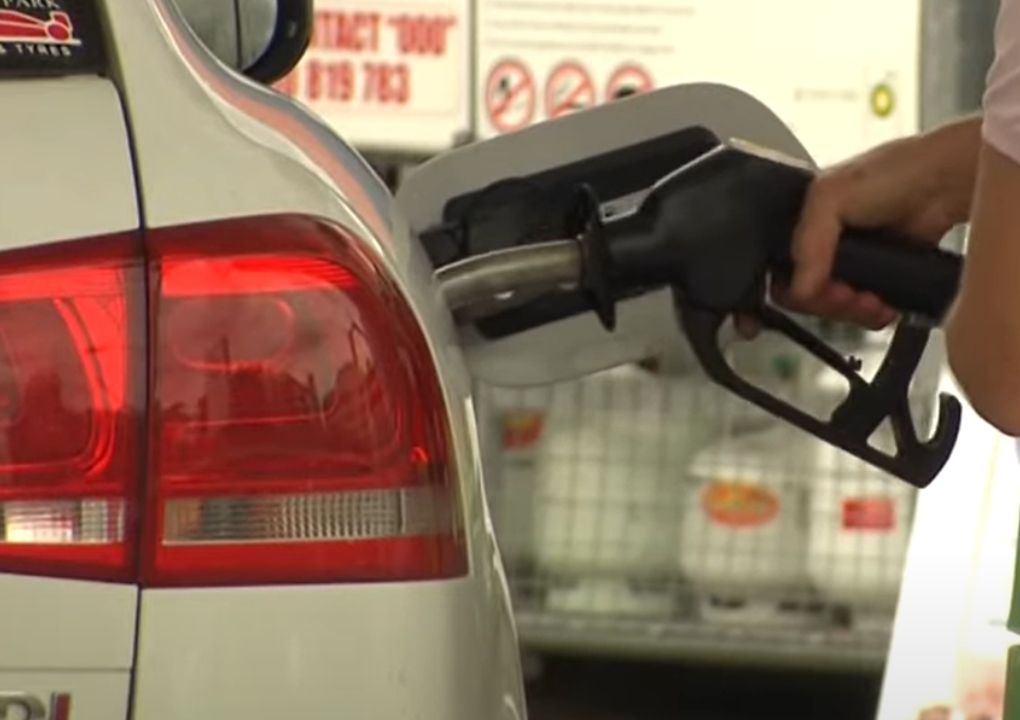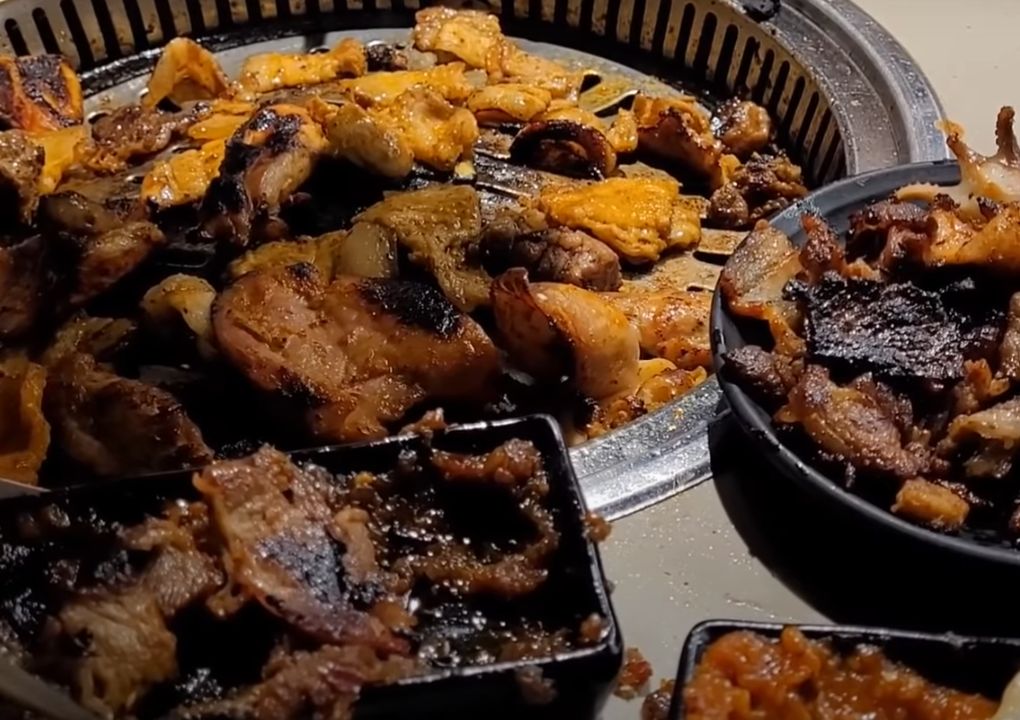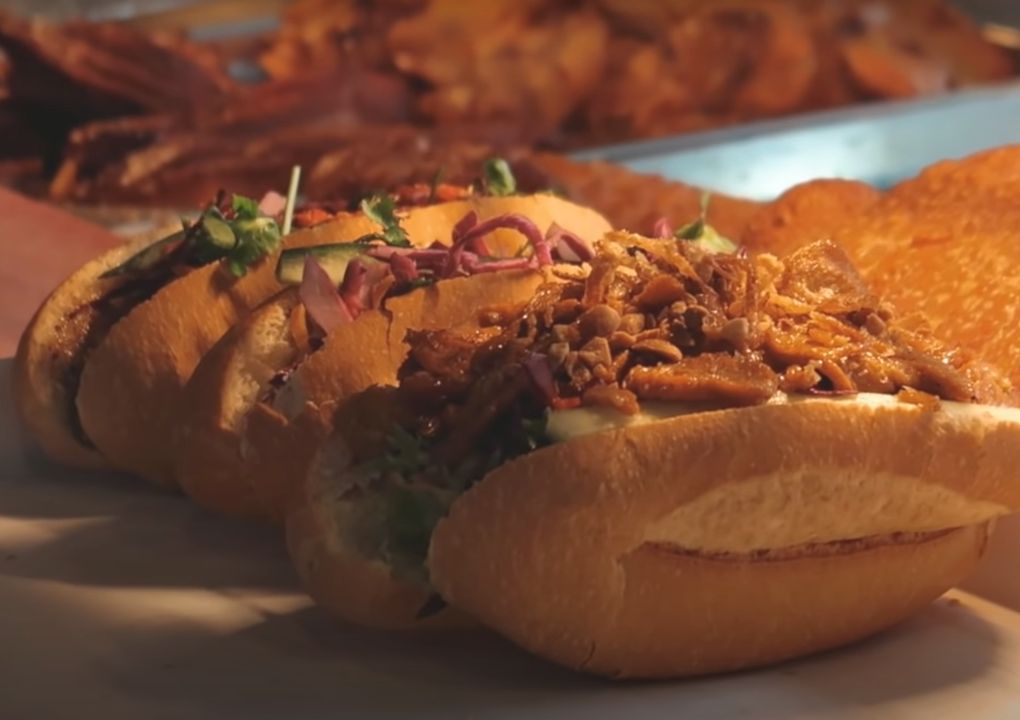In a bustling city like Melbourne, every dollar counts, and finding cheap fuel can significantly affect your budget. We did research based on customer reviews about petrol prices and discovered the most cost-effective options across the city.
Melbourne’s diverse neighbourhoods have fuel that not everyone may be aware of from local independent stations to popular chains offering competitive prices.
First, we have some interesting answers to FAQs that we’d like to share.
Table of Contents
What day of the week is fuel cheapest?
Wednesday is the best day to find cheaper fuel in major Australian cities, including Sydney, Melbourne, Brisbane, Adelaide, and Perth, according to historical pricing data provided by the Australian Competition and Consumer Commission (ACCC). However, it’s important to note that not all retailers follow a consistent price cycle, and variations exist between cities and states. The ACCC recommends utilizing historical price data to determine the most cost-effective days for purchasing petrol in your specific location. Moreover, the ACCC highlights that larger petrol stations belonging to chains are often the first to increase prices, as they bear significant losses when reducing costs. This caution arises from the fact that lower prices may sometimes result in selling below the wholesale price for these major petrol stations.
What time is best to buy fuel?
The optimal times to buy fuel and save on gas money are either during the early morning or late at night. According to experts, filling up during these periods is advisable because gas stations tend to raise prices during the day when most motorists are active. This strategy allows gas stations to maximize sales during peak driving hours. By choosing to refuel in the early morning or late at night, drivers may capitalize on potentially lower fuel prices, providing a practical approach to cost savings.
Is it better to fill up a gas tank when it reaches half of almost empty?
Experts generally agree that drivers should refuel their vehicles when they have between a quarter and half of a tank remaining for optimal efficiency. Running the tank close to empty poses risks such as fuel pump overheating and sediment accumulation blocking the filter, which can compromise the vehicle’s performance and fuel efficiency. By refuelling at the recommended levels, drivers can mitigate potential complications and ensure their vehicles operate efficiently.
Now, let’s get on with our list.
WHERE TO FIND CHEAP FUEL IN MELBOURNE
Metro Petroleum Carlton
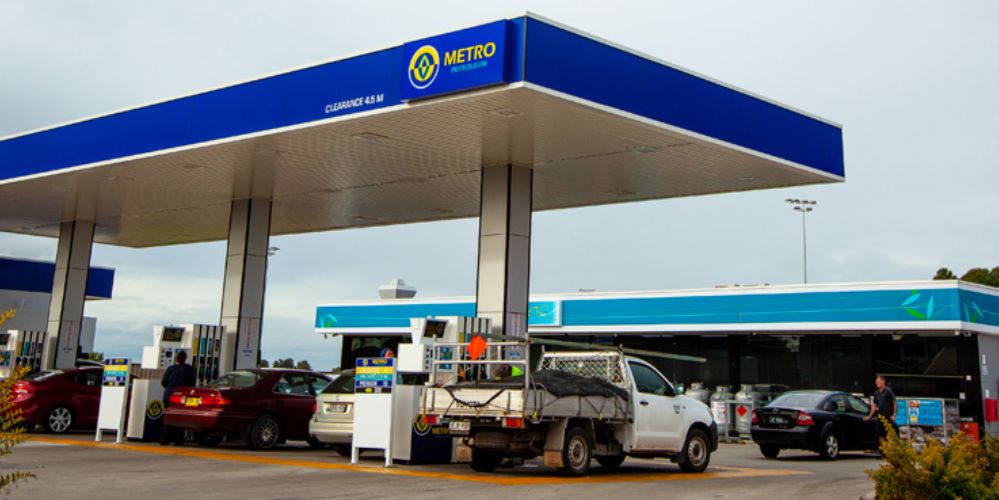
This independent fuel outlet in Melbourne is one of the most recommended for offering one of the best prices, making it a popular choice among distribution drivers, taxis, and transport vehicles. Located conveniently a few blocks away from the reviewer’s home, the station can be a bit tricky to access from the Eastern Freeway, but it’s well worth the effort. The prices are particularly attractive, with a 5c per litre reduction between 9 pm and 5 am, drawing in a steady stream of customers, including someone who drives from Kew weekly to fill up. Despite occasional queues, especially during peak hours, the customer notes that the savings, as much as 30c per litre compared to other major brands, make it a preferred choice for a quick and affordable refuel.
Location: 291 Nicholson St, Carlton VIC 3053
Contact: 0393478533
BP Reservoir North
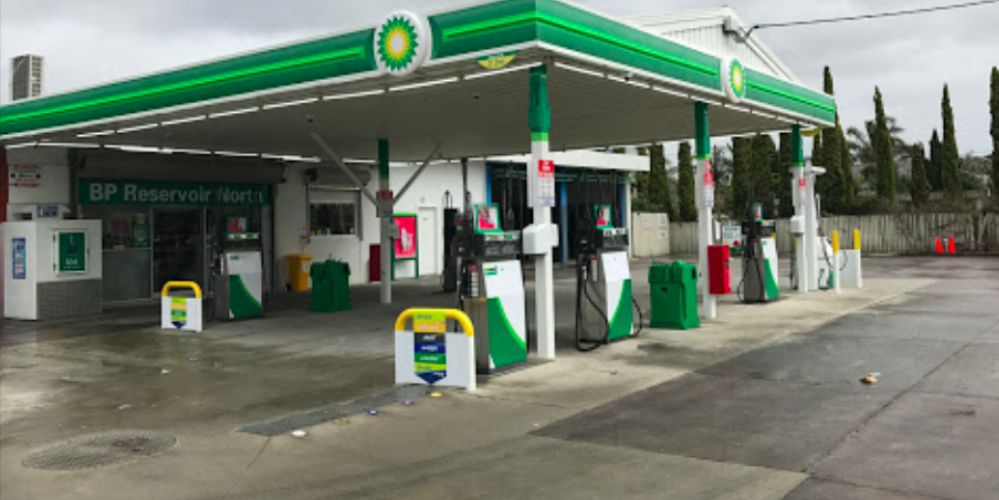
This petrol station is also recommended as one the best around, with friendly and helpful staff and consistently competitive prices. The combination of excellent customer service and the station’s commitment to keeping prices below the norm makes it a standout choice for refuelling, even if it’s just for an extra mile or two. The customer considers it a big win, highlighting the station’s reputation for providing both affordability and quality service.
Location: 97-101 Hughes Parade, Reservoir VIC 3073
Contact: 0390427889
APCO

According to frequent customers, this petrol station consistently offers the cheapest fuel, an impressive variety of top-quality takeaway food, and maintains a clean interior, along with excellent customer service. Affordability, food variety, cleanliness, and attentive service make this petrol station another favourite choice.
Location: 228-234 Settlement Rd, Thomastown VIC 3074
Contact: 0383790761
Liberty Oil Reservoir

A spacious layout, friendly customer service, and the cheapest fuel station in the vicinity. Customers love the large and accommodating space along with the positive interactions with the staff, making it a preferred choice for fueling up.
Location: 101-111 Edwardes St, Reservoir VIC 3073
Contact: 0399991232
Dayef Petroleum Heidelberg
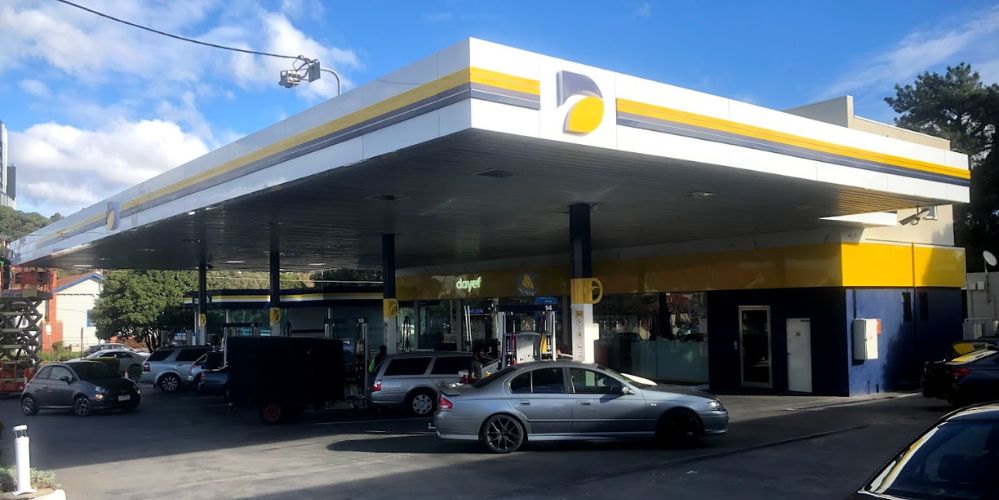
This independent petrol retailer, a longstanding presence in the neighbourhood, consistently offers low fuel prices. The updated and modern pumps, coupled with clean fuel, contribute to a positive experience for customers. The staff is praised for being friendly and efficient. Frequent customers confidently state that this petrol station consistently provides the lowest prices in the neighbourhood, making it unnecessary to check other platforms like Petrol Spy for alternatives. Overall, it’s recommended as a reliable and cost-effective fueling option.
Location: 473 Heidelberg Rd, Heidelberg Heights VIC 3081
Contact: 0394552600
Final Thoughts
Affordable fuel options in Melbourne continue to thrive, with independent petrol stations and longstanding retailers maintaining their reputation for providing low fuel prices. Drivers in Melbourne have expressed satisfaction with the friendly customer service, clean facilities, and modern amenities offered by these outlets. The competition among petrol stations seems to drive consistent efforts to keep prices down, offering consumers a variety of choices for cost-effective refueling.
Despite the fluctuations in fuel prices influenced by global and local factors, the practice of refueling during strategic times, such as Wednesday mornings or late nights, can still contribute to potential savings. Also, independent retailers are often recognized for their ability to resist immediate price adjustments during market fluctuations, providing drivers with a more stable and economical option.
As Melbourne’s drivers navigate the city’s streets, the consensus remains strong—opting for independent petrol stations, with their competitive prices and positive customer experiences, continues to be a wise choice for those looking to save on fuel expenses.
Several factors affect a car’s miles per gallon, including driving habits, vehicle condition, fuel type, and variations in age, make, and model. Mechanical issues like improper air flow, faulty injectors, or malfunctioning oxygen sensors can significantly affect fuel usage. Nicole Miskelley, manager at PMR Auto & Diesel Repair, emphasizes the importance of a balanced fuel and air system for optimal fuel mileage.
Beyond mechanical issues, factors such as bad alignment, improperly inflated tires, poor tread, and driving habits can also impact gas mileage. Maintaining properly inflated and aligned tires is crucial, as poorly maintained tires can increase resistance and reduce fuel efficiency.
Worn brakes contribute to decreased fuel efficiency as they apply resistance to the engine, forcing it to work harder and burn more fuel. Additionally, aggressive driving, speeding, frequent stops, and starts can lead to a substantial decrease in gas mileage, with estimates suggesting a potential reduction of 15 to 40 percent.
Several factors can contribute to a car using more petrol than usual. Engine malfunction or performance issues, such as faulty spark plugs or oxygen sensors, can lead to inefficient fuel combustion and increased consumption. Incorrect engine oil selection, poor-quality fuel, and inadequate maintenance, including clogged air elements, can also impact fuel efficiency.
Short trips, particularly those under 5 km, may prevent the engine from reaching optimal operating temperature, resulting in higher fuel usage. Worn clutches can reduce power transfer efficiency, leading to increased fuel consumption.
Inefficient driving techniques, such as rapid gear shifting, sudden braking, and excessive idling, contribute to higher fuel consumption. Additionally, the use of air conditioning can strain the engine, especially at high speeds, impacting fuel efficiency. Mindful driving, regular maintenance, proper oil selection, and conscious use of air conditioning are key practices to improve fuel economy and address excessive petrol consumption in a vehicle.
The half tank rule is a refueling strategy where motorists choose to fill up their gas tank when it reaches the halfway point. This practice is aimed at minimizing the risk of running out of fuel during emergencies or traffic jams. By refueling at the halfway mark, drivers ensure that they have a sufficient fuel reserve, reducing the likelihood of unexpected disruptions due to an empty tank. This strategy is considered a practical approach to maintaining a balance between fuel efficiency and preparedness for unforeseen circumstances on the road.
For midsize conventional gasoline cars, the most fuel-efficient speed is 55 mph. At this speed, they achieve their optimal fuel economy. However, for midsize conventional diesel cars, fuel efficiency gradually declines from 45 to 55 mph and then drops quickly thereafter. In the case of midsize hybrid electric vehicles, efficiency loss is more evenly distributed between 45 and 75 mph. Understanding the specific speed range for maximum fuel efficiency is essential for drivers aiming to optimize their fuel economy based on their vehicle type.
Driving at high speeds, especially over 65 mph, can significantly decrease fuel efficiency as the car works harder to overcome drag. Rapid acceleration and abrupt braking also contribute to excess fuel consumption. To improve miles per gallon (MPG), it is advised to slow down, drive at moderate speeds, and adopt smooth acceleration and braking techniques to optimize fuel efficiency.
While it’s true that fuel economy tends to decrease somewhat as a car engine ages, the primary factors influencing this decline are the number of miles driven and the condition of the engine components rather than the age of the engine itself. Regular maintenance, addressing faulty or worn components, and adopting good driving practices can help mitigate the impact of aging on fuel efficiency.

